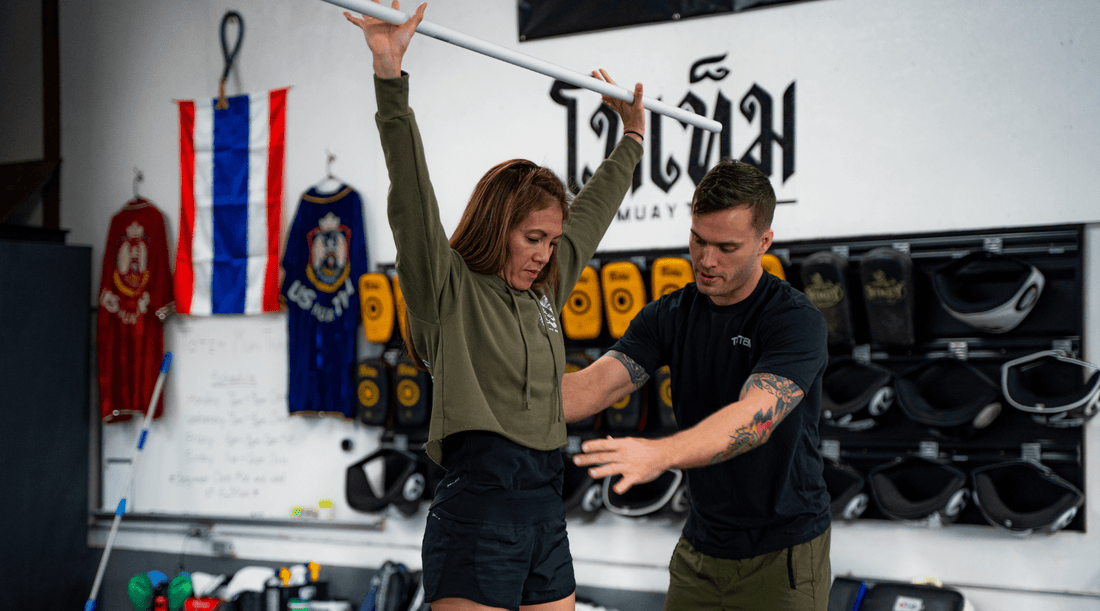In the realm of fitness, it's not just about how much you lift or how fast you run. The foundation of a strong, resilient body lies in mastering the seven essential movement patterns. These patterns mimic the way we naturally move in everyday life and sport, making them crucial for both performance and injury prevention. Whether you're a seasoned athlete or just starting your fitness journey, understanding and incorporating these movements into your training is a game-changer.
The 7 Foundational Movement Patterns
Upper Body
- Vertical Push: Think of pushing something overhead. Exercises like shoulder presses, landmine presses, and push presses all fall into this category. Vertical pushing strengthens your shoulders, triceps, and upper back.
- Vertical Pull: This involves pulling something down from above your head. Pull-ups, chin-ups, lat pulldowns, and rope climbs are prime examples. Vertical pulling targets your lats, biceps, and back muscles.
- Horizontal Push: Pushing movements parallel to the ground. Bench presses, push-ups, and dumbbell chest presses are common horizontal pushes, primarily working your chest, shoulders, and triceps.
- Horizontal Pull: Pulling movements parallel to the ground. Think rows, inverted rows, face pulls, and seated cable rows. These movements strengthen your back, biceps, and rear deltoids.
Lower Body
- Sagittal Plane Dominant: Movement in the forward and backward plane. Squats, lunges, and deadlifts are key sagittal plane exercises, building strength in your quads, glutes, hamstrings, and lower back.
- Frontal Plane Dominant: Movement side-to-side. Lateral lunges and Cossack squats fall into this category. These movements target your hip abductors and adductors.
- Transverse Plane Dominant: Rotational movement. Wood chops, medicine ball throws and rotational step ups involve the transverse plane. These exercises engage your trunk and hips, crucial for rotational power and stability.
Why Balanced Training Matters
Neglecting any of these movement patterns can create imbalances in your body, leading to decreased load tolerance and potential injury. A balanced training program incorporates exercises from each category, ensuring that your muscles work synergistically and fluidly during everyday tasks and sport.
Benefits of Balanced Movement Training
- Improved Resiliency: You'll be better equipped for everyday activities like lifting, carrying, and reaching.
- Enhanced Athletic Performance: A balanced program can translate into greater power, speed, and agility in sports.
- Reduced Risk of Injury: Stronger, more balanced muscles help protect your joints and prevent overuse injuries.
- Greater Body Awareness: You'll develop a deeper understanding of how your body moves and functions.
Conclusion
By embracing the 7 foundational movement patterns and prioritizing a balanced training approach, you'll unlock a new level of strength, mobility, and overall well-being. Whether your goal is to run a marathon, play with your kids without pain, or simply feel your best, mastering these movements is a fundamental step in your fitness journey.
Remember, it's never too late to start incorporating these movements into your routine. Start gradually, prioritize proper form, and most importantly, enjoy the process of getting stronger and healthier from the ground up.
Ready for your own balanced training program? Check out our Custom Online Training Services here!

